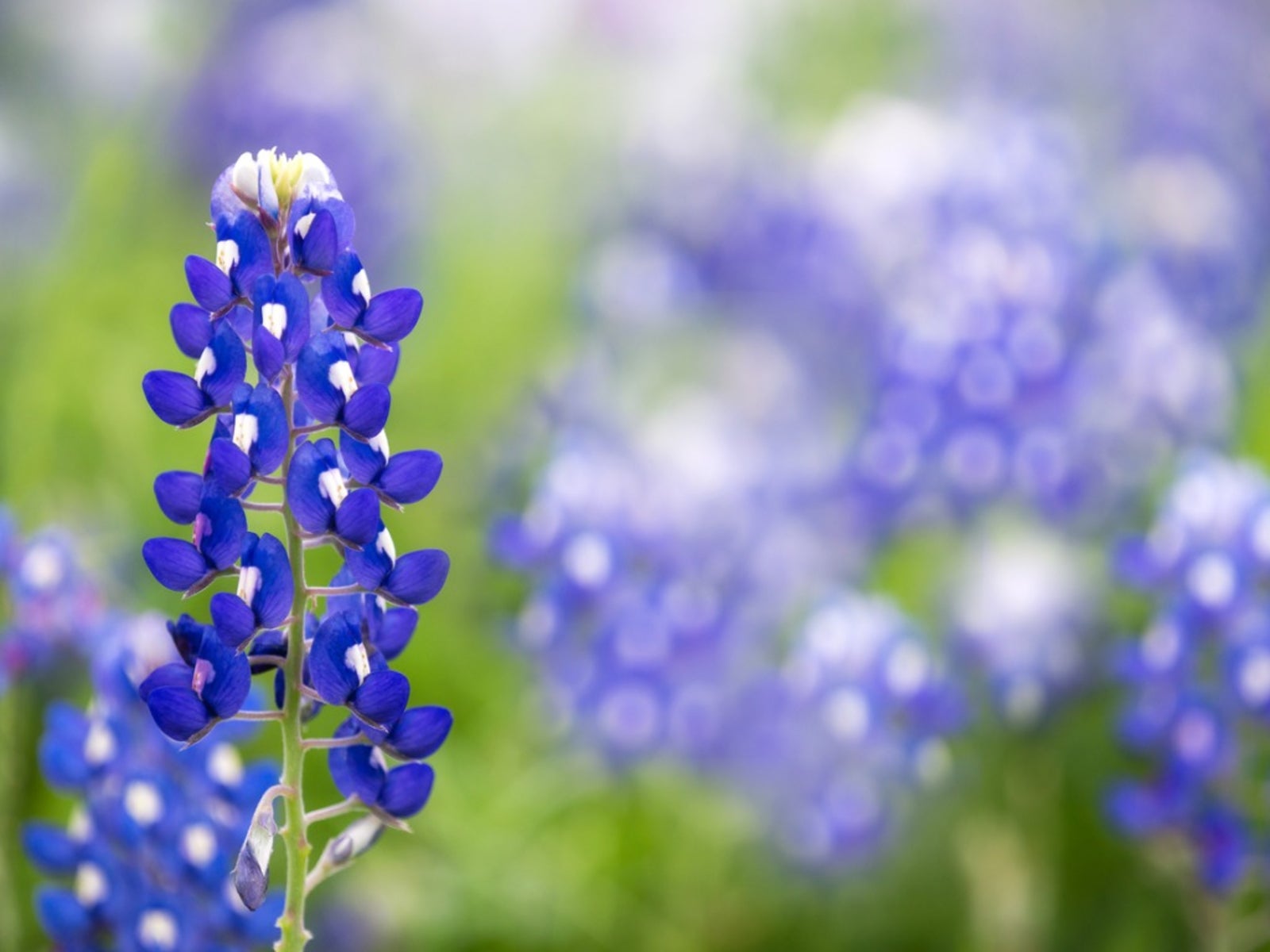Growing Blue Bonnets - When To Plant Blue Bonnets In The Garden


Growing blue bonnets adds an interesting shade of color to the spring landscape and for many gardeners, conjures thoughts of Texas. Some blue bonnets are native exclusively to the state; in fact, blue bonnets are the Texas state flower, although six types are included in the classification. Texas blue bonnets grow in other areas too, such as southern Louisiana, Mississippi, and Oklahoma. Gardeners in other places can add types of blue bonnets to the spring landscape by planting seeds of the various types of blue bonnet flowers. Blue bonnets are of the Lupine family. Lupinis perennis, the Sundial lupine, provides a blue bonnet specimen for Northern gardeners.
When to Plant Blue Bonnets
Depending on how southern the location, Texas blue bonnets usually bloom from February through April from seeds that are planted the previous autumn. Growing blue bonnets from seed is most successful when the seeds receive a special treatment called scarification. Scarification is the act of knicking, abrading, or otherwise puncturing the tough seed coat before planting. When growing blue bonnets from seed, you may purchase seed that is already scarified, or plant already sprouted seedlings. Blue bonnet flowers develop a large root system during the winter months. If you're considering when to plant blue bonnet flowers, keep in mind that bigger and more developed blooms result from earliest plantings. If care of blue bonnet plants does not include seed removal, seeds will drop and may sprout in coming years, although chances of an untreated seed sprouting the following year is about 20 percent.
Care of Blue Bonnet Plants
Plant Texas blue bonnets in a sunny location, as at least eight hours of sun is needed daily. Texas blue bonnets can even be seeded into the lawn for color before the grass turns green. Plant seeds of Texas blue bonnets into lawns seeded with Bermuda or Zoysia grass for early season blooms. Limit watering of established plants, as plants of this genus are accustomed to the hot, dry summers of Texas and are drought resistant. Young seedlings of Texas blue bonnets should be grown in well-draining soil that is never allowed to stay soggy, as blue bonnet flowers have a tendency to damp off. Soil should be heavily amended with organic material for the top few inches (8 cm.) before planting blue bonnets. Bait is often necessary to keep pillbugs away from the seeds of blue bonnet flowers.
Sign up for the Gardening Know How newsletter today and receive a free copy of our e-book "How to Grow Delicious Tomatoes".

Becca Badgett was a regular contributor to Gardening Know How for ten years. Co-author of the book How to Grow an EMERGENCY Garden, Becca specializes in succulent and cactus gardening.